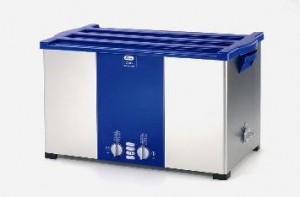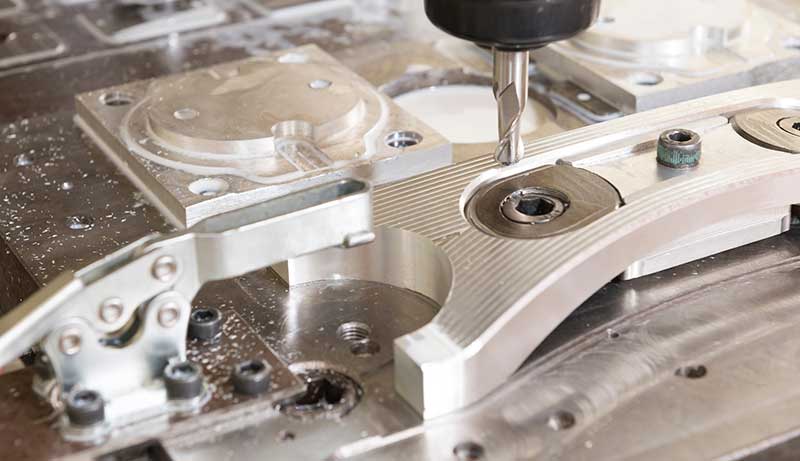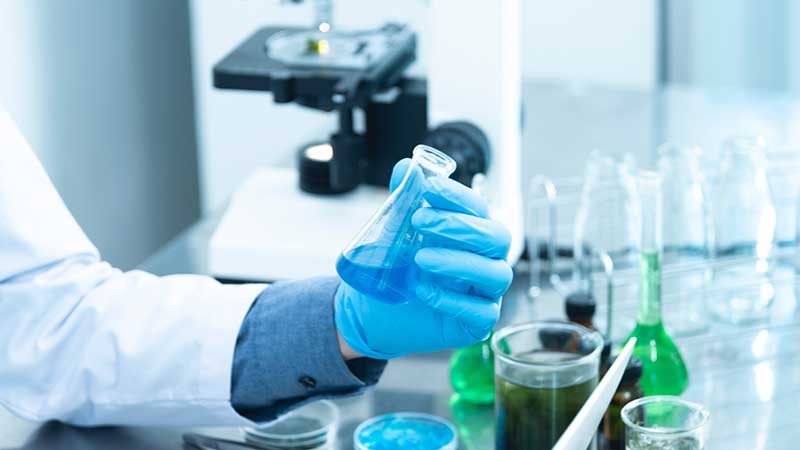Posts Tagged ‘Parts Restoration’
Efficiently Clean Machined Parts with Ultrasonic Cleaner

Cleaning finely machined parts with ultrasonic energy avoids damage by abrasive compounds and mechanical scrubbing to remove grinding dust, metal shavings, lubricants, cutting and coolant fluid residues. That’s why ultrasonic cleaners are widely used to prepare machined parts for final assembly or for further processing steps such as electroplating and powder coating.
Ultrasonic cleaning machined parts avoid surface damage while eliminating time-consuming soaking then scrubbing parts with potentially dangerous solvents.
Ultrasonic Energy, the Fast, Clean way to Clean Machined Parts
Ultrasonic cleaners, as noted below, are offered in sizes from benchtop to floor-mounted industrial units. They use biodegradable cleaning solution concentrates such as elma tec clean A4 universal degreaser to quickly and safely remove all forms of contaminants from finely finished machined parts.
Another cleaning … Read the rest
How to Degas Liquids with Ultrasonic Energy
Degassing liquids of various viscosities is undertaken across a broad spectrum of industries and for a variety of reasons. Before describing how ultrasonic energy achieves fast, efficient degassing we provide you with a few definitions.
Degassing Defined
Degassing, as the name suggests, is removing trapped air (deaeration) or other gases from liquids. Most if not all liquids contain trapped air. You can see that by allowing a glass of water to remain on the countertop for a period of time. Bubbles will form on the walls of the glass.
A more vivid demonstration is opening a bottle of seltzer, carbonated beverage, champagne or beer. Bubbles fizz immediately after the pressure in the container is reduced. In this case the gas being removed is carbon dioxide rather than air.
But degassing is also necessary to remove trapped air from oils, adhesives and paint among other products where the air can interfere … Read the rest


